Christmas Eve, for many, is a day of anticipation.
Stockings hanging, milk and cookies out, eager wee faces all tucked up in bed.
But for a growing number of Scots, the biggest festival of winter has already been and gone – three days ago, in fact.
Yule, the Pagan celebration of the winter solstice (the shortest day of the year) occurs on December 21.
Those who celebrate it tend to gather with loved ones, share a small meal, exchange tokens of appreciation, and light candles to illuminate the year’s longest night.
Some burn a ‘Yule log’ to entice the sun to return, and an evergreen tree is often brought inside the house and decorated with charms to symbolise ongoing life in the darkness.
Sound familiar?
Christians ‘stole’ Yule
‘Yuletide’ is often conflated with Christmas, as Christians borrowed and adapted its traditions, explains Pagan and Highland magic practitioner Claire Mullins.
“We celebrate Yule in our family, and always have done,” says Claire, 46, who owns The Bour Tree witchcraft shop in Blairgowrie.
“I even used to take the kids out of school for it. Because the Christmas holidays always fell afterwards but quite frankly, this was our [Pagan] celebration and Christians stole it.”
Now, the ancient festival is regaining a separate life of its own, as more and more people choose to revert to the original Pagan celebration over its newer Christian counterpart.
It’s estimated there are around 10,000-15,000 (and perhaps as many as 30,000) practising Pagans and Wiccans (followers of the Pagan witchcraft religion, Wicca) living in Scotland in 2022.
The exact number is hard to pin down, partly because Paganism was only recognised on the Scottish census in 2021, and partly due to decades of suspicion, media exploitation and stigma leftover from the ‘Satanic Panic’.
Pagans have historically – rightfully – been wary of declaring their beliefs.
One thing is certain: the number of Pagans in Scotland is growing.
In 2011, the census reported 5,194 individuals identifying as Pagan, up from just under 2,000 in 2001.
The question is: why? After decades of Paganism existing on the fringes of mainstream culture, why is the (yule)tide rising now?
Paganism is trendy – and trending
“First of all, because it was allowed!” laughs Claire, referring to the census breakthrough.
“That made a big difference. But there has definitely been a shift.”
She’s right, and it’s not just reflected in the numbers.
Politically, the landscape is changing, with Nicola Sturgeon this year issuing a posthumous apology to those persecuted (and killed) for allegedly practising witchcraft.
And the growing curiosity is showing up in pop culture too.
The influx of Pagan influence on fashion and interior design over the past two years has been undeniable – you can’t swing a cat in Urban Outfitters for pentagram necklaces, tree decals and incense burners.
@chaoticwitchaunt witch tips with chaotic: a house purification method! non-witches can also use this 🙂 #purification #fyp #practitioner #foryou #witchtok #witchtips
The kids are on board, with #WitchTok (a sect of video platform TikTok populated by purple-nailed, crystal-collecting modern practitioners of Wicca) attracting thousands of users and “fairycore aesthetic” (think Pinterest boards filled with mushroom-shaped lamps and vine-covered windchimes) blowing up across social media.
Claire reckons one reason for that is climate anxiety.
Climate crisis fuelling Pagan resurgence?
She was brought up Christian but now defines herself as a Pagan animist, which means she believes all organic life – trees, flowers, lakes and animals – has a soul.
That belief, she explains, underpins a lot of Pagan paths and unsurprisingly taps into environmentalism – which has spiked in Scotland following Covid-19 lockdowns, as more Scots are spending time outdoors than before.
“You find that a lot of Pagans are quite environmentally-minded,” Claire says.
“Once those people start coming together and speaking about stuff, they all start to realise that they’re believing the same things and then going suddenly: ‘Oh, I am Pagan’.”
That was the case for Julie Bell, an Angus councillor, Pagan and self-described witch.
After a Christmas shopping trip to Dundee more than 20 years ago left her feeling overwhelmed by the stress, rampant spending, “immoral” material waste and inevitable debt, she decided to give up the holiday altogether.
A move away from city life to rural Kirriemuir and Dean meant she was able to “draw up the metaphorical drawbridge” at the end of a long work week, and find peace within the nature around her home.
“Paganism, at its very root, is about people being in the country,” Julie observes. “And that was absolutely central to me being able to work out my place in the universe.”
‘People want to be able to accept themselves’
Like Claire, Julie came to Paganism after rejecting the teachings of the church she was brought up in.
“I remember being nine years old and being at Sunday school with my little brother and sister,” she recalls.
“I was asking lots of awkward questions, the way nine-year-olds do, and I wasn’t getting adequate answers.
“We went on strike (at my instigation) and stopped doing our chores, like setting the table or clearing the dish away, until we got a commitment that we didn’t need to go back to Sunday school.”
Interestingly, although the conversations happen separately, both Julie and Claire are quick to point out that unlike many mainstream, organised religions, Paganism places no immorality on sex and sexuality.
That means queer individualised or those of marginalised genders can often find more acceptance within Pagan circles than in their ‘default’ faiths.
“There’s a need in people for something that Christianity just hasn’t addressed,” asserts Claire.
“And I think part of it is people turning away from the scriptures of biblical teachings, where everyone is like ‘oh, abortion is wrong, being gay is wrong’.
“People want to be able to accept themselves! And these different Pagan paths allow that.”
The Wheel of the Year
Paganism may not have prescriptive dogma or scriptures, but one symbol which comes up in most strands of Pagan belief is the Wheel of the Year – honouring the passage of time, and nature’s cycles.
For Julie, this means “being mindful of the seasons or the phases of the moon”, as well as bringing in small seasonal tokens to her home from outdoors, like spring flowers, acorns or sprigs of winter berries.
Taking that one step further is aerial performer, model and business owner Miriam Wolanski, who runs Grangemouth-based Wolanski’s Circus and makes a living out of performing at many Pagan festivals across Scotland.
For her, the Wheel of the Year marks the biggest days on both her personal and professional calendar – including Yule (winter solstice), Beltane (the Gaelic May Day festival), Litha (summer solstice) and Samhain (Halloween).
“Participation at these events are really special for me,” explains Miriam.
“They fit with my belief systems strongly, specifically because nature – with all its seasons and cycles – is celebrated.”
For Miriam, working in cycles isn’t just about celebrating the festivals – it’s about honouring the way her own body operates.
“There tends to be synergy in fours/quarters,” she explains. “The four main seasons of the year, four main phases of the moon and four main phases to the menstrual cycle. All of these stages have growth and a form of decay.
“Tracking my cycle means I can avoid bouncing into front balances or strapping into a tight harness at height [while menstruating].
“I enjoy the work more and therefore my time because I’m no longer wishing it to be over due to feeling uncomfortable.”
Miriam’s approach echoes a larger conversation taking place about shortening working weeks, increasing flexible working, and generally being more intentional with working patterns after decades of default 9-5 living.
“Modern day living and technology can see many of us ignore or take for granted what our environment provides us,” she adds.
“Acknowledging your very own natural cycle as part of larger cycle (and our role within that) is a wise, happier and healthier way to live.”
‘We throw tremendous parties’
Because of her nature-based approach to festivities, Miriam, like Julie and Claire, doesn’t buy Christmas presents – and asks her loved ones not to buy for her.
Instead, she celebrates Yule by “eating with friends, sharing a fire and being outside watching and feeling how the landscape and the environment has changed”.
It’s a far cry from the images of animal sacrifice and nude chanting that have stuck to Paganism’s image for so long.
And despite the progress that’s been made, that stigma is something Miriam is still well aware of as a performer.
“There will always be stereotyping but we have come a long way,” she says.
“Whether you describe it with language such as ’your religion’ or a way of living day-to-day, practising Paganism is a gentle approach of being in the world and how you honour yourself and others within the world.
“That, and we throw tremendous parties!”


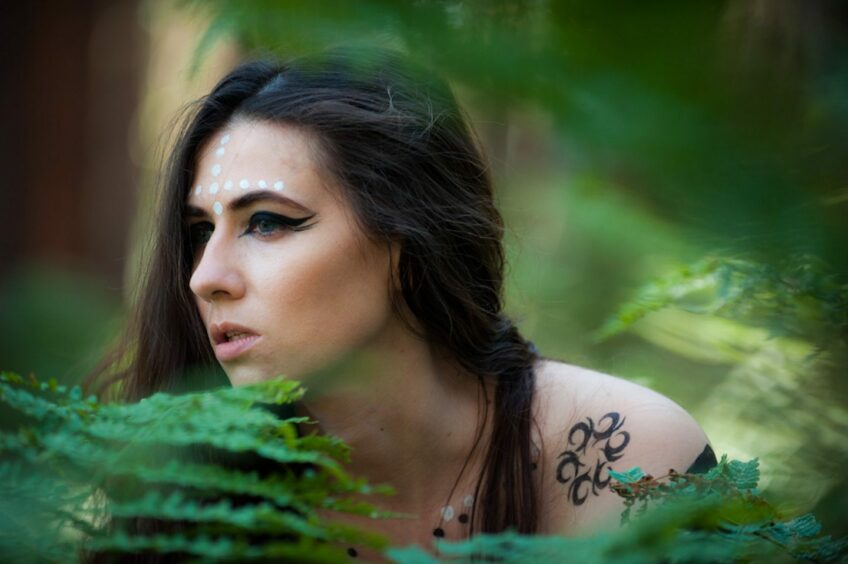
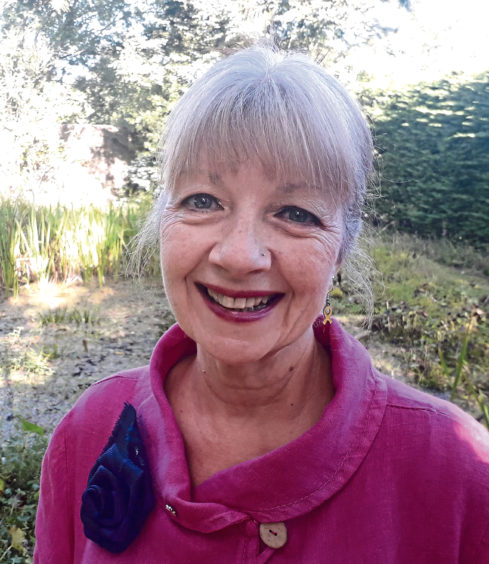


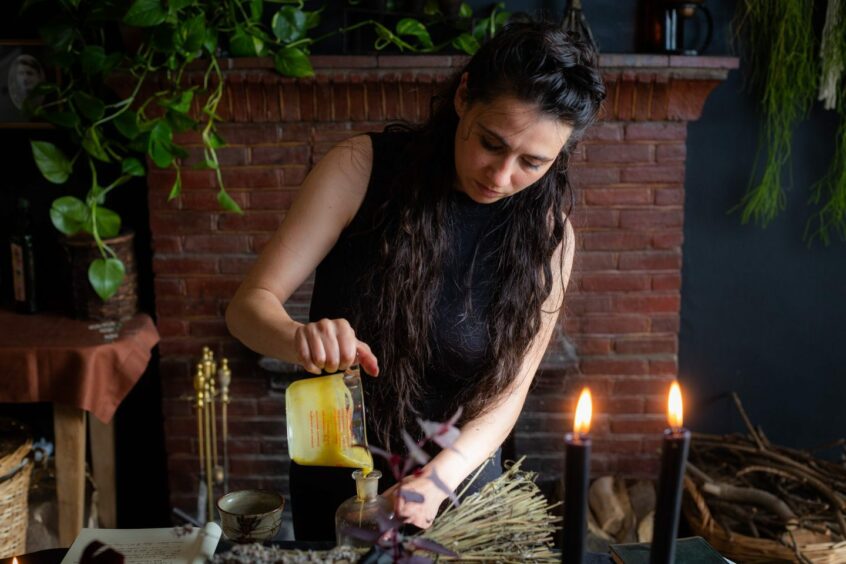
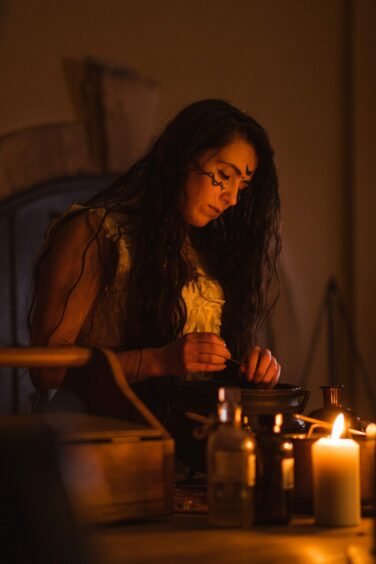









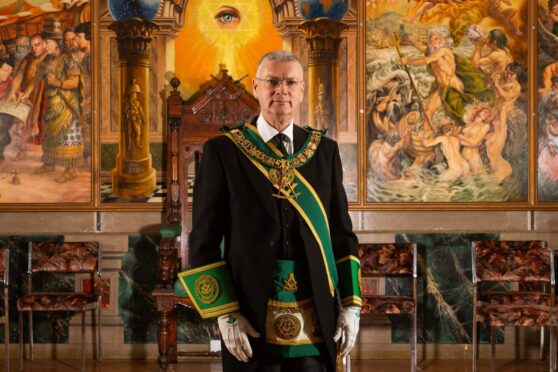
Conversation